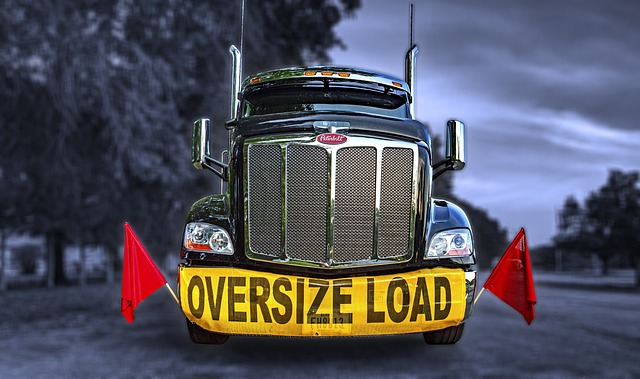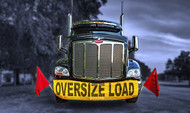The Beginner's Guide to Glow Plugs for Diesel Engines
19th Jul 2023

Diesel engines don't just a different type of gas than conventional combustion engines; they feature a different design with different parts. Rather than spark plugs, for instance, they feature an ignition system and glow plugs. Some drivers assume that glow plugs and spark plugs are the same, but this isn't the case. They are two different types of parts, with glow plugs being exclusive to diesel engines.
What Are Glow Plugs?
Glow plugs are heating devices that assist in starting diesel engines, particularly in cold weather. Diesel engines still have a combustion process. They are designed to burn diesel gas and air. Glow plugs facilitate this combustion by providing the necessary heat. As they heat up, the glow plugs will ignore the mixture of diesel gas and air.
Why Diesel Engines Use Glow Plugs
Diesel engines use spark plugs for ignition. There are two different types of ignition processes: spark and compression. Spark ignition involves the use of spark plugs, whereas compression ignition involves the use of compressed air.
Diesel engines leverage compression ignition. They pressurize air in their cylinders before injecting the cylinders with fuel. As the air becomes pressurized, it will heat up. This heat will then ignite the mixture of diesel gas and air once the gas is added to the cylinders.
In cold temperatures, the compressed air alone may not be enough. It may still produce heat, but the compressed air may not produce enough heat to ignite the diesel gas and air. This is why diesel engines use glow plugs. Glow plugs offer a backup source of heat so that diesel engines can get up and running even when it's cold outside.
How Glow Plugs Work
Glow plugs contain a heating element. The heating element is typically made of a metal or alloy. As electricity travels through the heating element, the glow plug will heat up.
Turning the key in the ignition of a vehicle with a diesel engine will send a signal to the glow plugs. Each cylinder has its own glow plug. The engine control unit (ECU) will tell these glow plugs to turn on when the key is turned, at which point electricity will travel through them.
Glow plugs generate heat via electrical resistance. Electricity will encounter resistance as it travels through the glow plugs. This resistance manifests as heat. The heat is transferred to the tip of the glow plugs where it's able to ignite the mixture of diesel gas and air.

